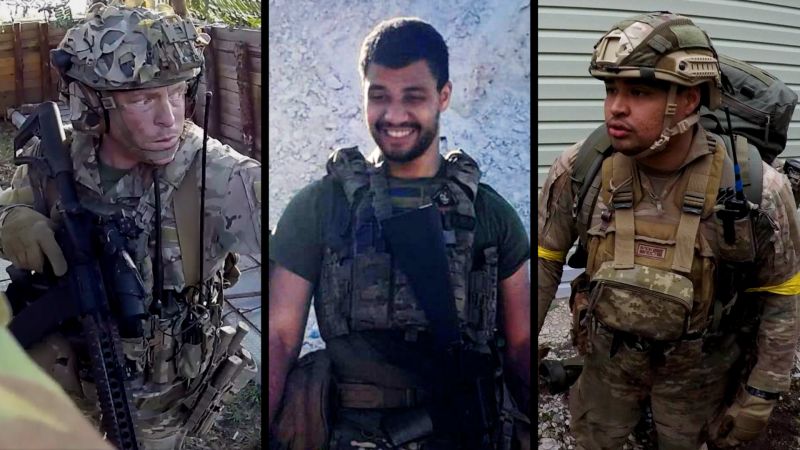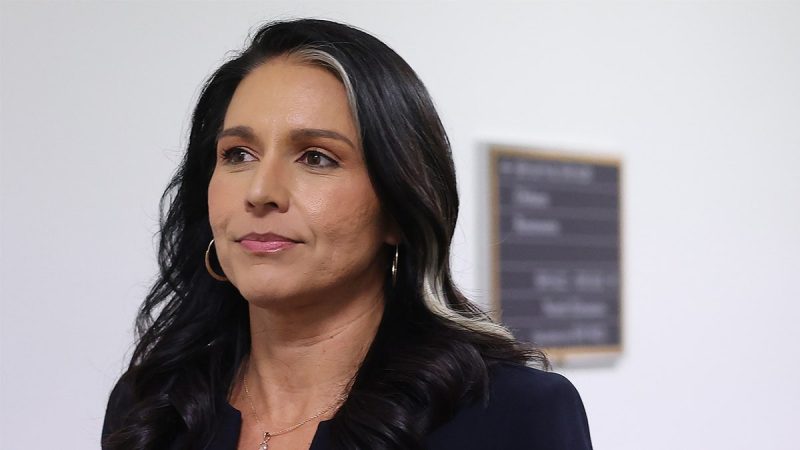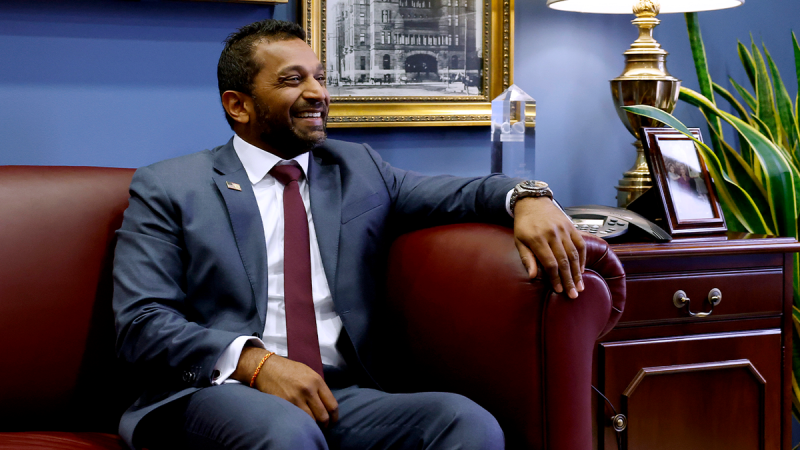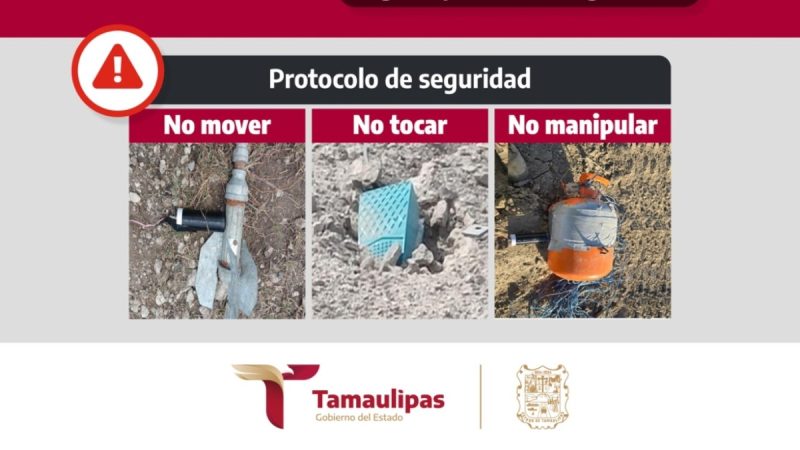
Editor’s Note: This report contains details of death and injury that some may find distressing.
The stark testimony of their surviving colleagues, and the growing toll, portrays the obscure yet important role of American frontline fighters in a war President Donald Trump has called “ridiculous” and has pushed Russian President Vladimir Putin to end diplomatically.
Two American volunteers were killed in a single incident just outside Pokrovsk in eastern Ukraine in late September, according to survivors and relatives. Neither’s body has been recovered. Former US soldier Zachary Ford, 25, from Missouri, and another American without military experience, whose family requested to be identified only by his callsign ‘Gunther,’ were killed by a drone while tasked with blowing up a bridge near the village of Novohrodivka.
The surviving American, who asked to be known by his callsign ‘Redneck,’ described a mission with a limited chance of success, where the group of three US volunteers were swiftly trapped by Russian fire in a trench about 500 meters from their bridge target.
Ford told his commanders on the radio they would abort the mission but was instructed to continue and that no evacuation was possible for another day, Redneck said. As the assault began, Redneck said he fired his machine gun at Russians directly in front of him, and that Ukrainians manning a grenade launcher and anti-tank Javelin weapon system died while holding back Russian armor.
He said he stepped into a bunker to get ammunition, narrowly missing the drone strike that wounded Ford and Gunther. Ford’s injuries required two tourniquets to stem the bleeding, Redneck said, which he applied before rejoining the defense and seeing a Ukrainian soldier fatally shot in the face in front of him.
“He knew we weren’t going to make it through another attack,” said Redneck of Ford, “so he started asking me to kill him so he wouldn’t be captured.” Redneck said he refused and told Ford they would find a way through this, before continuing to reload their weapons ahead of the anticipated assault.
“He went really quiet,” said Redneck of Ford. “A couple minutes later, (he) called me over and said he had loosened his tourniquets.” Redneck said he reapplied them, but Ford had lost too much blood.
Redneck said Ford’s last request was to see the sunlight as he died. “I laid him down with his head towards the door, so he could look out, see the sun, and I just held his hand. The last really intelligible thing he said was, ‘never let it be said that the bastards killed me.’”
Redneck said Ford had expressed a sentiment common among foreign fighters.
His most vivid memory of Ford was the tiny blue speaker he carried with him, on which he would constantly play the UK artist Artemas’ song, “I like the way you kiss me.” “He always was playing music and dancing around that speaker,” he said.
He said the likelihood of foreign volunteer fighters surviving on the front line depended on their level of experience but alsoon the tasks given by the brigades they joined. While some officers gave foreigners and Ukrainians equal tasks, he said, others “will sell you out and get you killed just as quick.”
He blamed the losses in his brigade on a “bad officer… who didn’t really see a difference between anyone. It was meat for the grinder, and he just sent whoever he could get.”
“At this point, you cannot say it’s not America’s fight,” he said. Critics of the war are “trying to say, ‘well, this is Ukraine’s problem. If we can just make peace now, we won’t have to deal with this.’ The truth is, it’s not going to stop,” Redneck added.
Redneck, speaking from the United States, said his unit was evacuated from the area and he later saw drone footage of Ford and Gunther’s bodies. The area where they fought is now under Russian control.
The process of retrieving the dead from the front lines is arduous and emotional. Former US Marine Corey Nawrocki, 41, from Pennsylvania, died fighting in Russia’s Bryansk region in October.
His body was paraded by Russian soldiers on Telegram, but after complex negotiations was one of nearly 800 dead returned to Ukraine by Russia on Friday, as was that of another missing American.
His mother, Sandy Nawrocki, wept as she described feeling a “whirlwind of emotions – relief, but sadness. A weight is lifted off my shoulder because now I don’t have to worry about what they might be doing to him over there.”
She described Nawrocki, a marine veteran of two decades with six tours in Iraq and two in Afghanistan, as a “smartass” who loved to make her laugh and was driven to fight in Ukraine because of the toll he had seen on civilians.
“Innocent people getting killed, babies being slaughtered,” she said. “I think that really bothered him.”
Nawrocki died after being shot while trying to help an injured colleague, his mother said she was told.
Images of his body and weapons were widely shared on Russian social media and she says her address and video of her home, were also posted. When she tried to notify Nawrocki’s Marine friends on social media of his death, pro-Russian trolls “would post all these nasty comments and, smiley faces,” she said.
She did not want her son to go to Ukraine but this “was an unprovoked war,” she said. “This is everyone’s war. If Russia wins, wins over Ukraine, that affects Poland, that affects all the European countries.”
The repatriation of dead Americans is the culmination of a complex and emotional path for those involved. Lauren Guillaume, an American living in Kyiv and working for the non-profit RT Weatherman Foundation, assists foreign families in finding their loved ones, often by trawling through morgues with the foundation’s Ukrainian investigator, Iryna Khoroshayeva.
Positive identification is possible through a combination of visual identification methods and DNA testing, Guillaume said.
Ukrainian officials said the task of identifying the dead is more complex when remains are returned from the Russian side. “After a body swap, we may be given a bag with 10 body remains belonging to different people,” said Artur Dobroserdov, Ukraine’s commissioner for missing persons under the Ministry of the Interior.
Dobroserdov confirmed that more than 20 Americans were missing in action, and said they could only release any part of the remains for repatriation once they had identified all of them, as they did not want families to bury part of a loved one only to be later given more remains.
One of the first cases in which Guillaume was able to assist was that of US Army veteran Cedric Hamm, from Texas, who was killed in the northern border region of Sumy in March. Hamm’s family were able to identify the unique mixture of Aztec and US military tattoos on his body in a video livestream Guillaume set up from the morgue. The body was then repatriated to San Antonio in December.
“I’m very proud of my son,” said his mother, Raquel Hamm, who said he had fought in Ukraine as he was keen to use his military past to travel. “His composure, even to the very end” had struck her, she said, describing how she was told “he saved another young man” during the gunfight that killed him.
“My expectation, honestly, was that my son was never going to be found,” said Hamm. “My son paid the ultimate price on the battlefield for Ukrainian freedom and that’s forever going to live with me. My child did not die in vain.”
Guillaume said foreigners can be declared dead through physical confirmation, like DNA testing on their remains, or through a court ruling, if there is significant evidence of their death. “It takes time,” she said. In March, her organization had a caseload of 16. It is now dealing with 88 dead or missing foreigners across 18 nationalities – half of them Americans. “Most of that is missing in action cases,” she said.
The true death toll among American volunteers in Ukraine remains unclear, Guillaume said.
She believes the rising number of dead and missing is down to foreigners being sent to tough, frontline areas where their prior military experience is needed. “We find that foreign operators do fill the gaps of very difficult, high-risk, high-reward operations. Their lives and their sacrifice are not wasted.”
This post appeared first on cnn.com




























